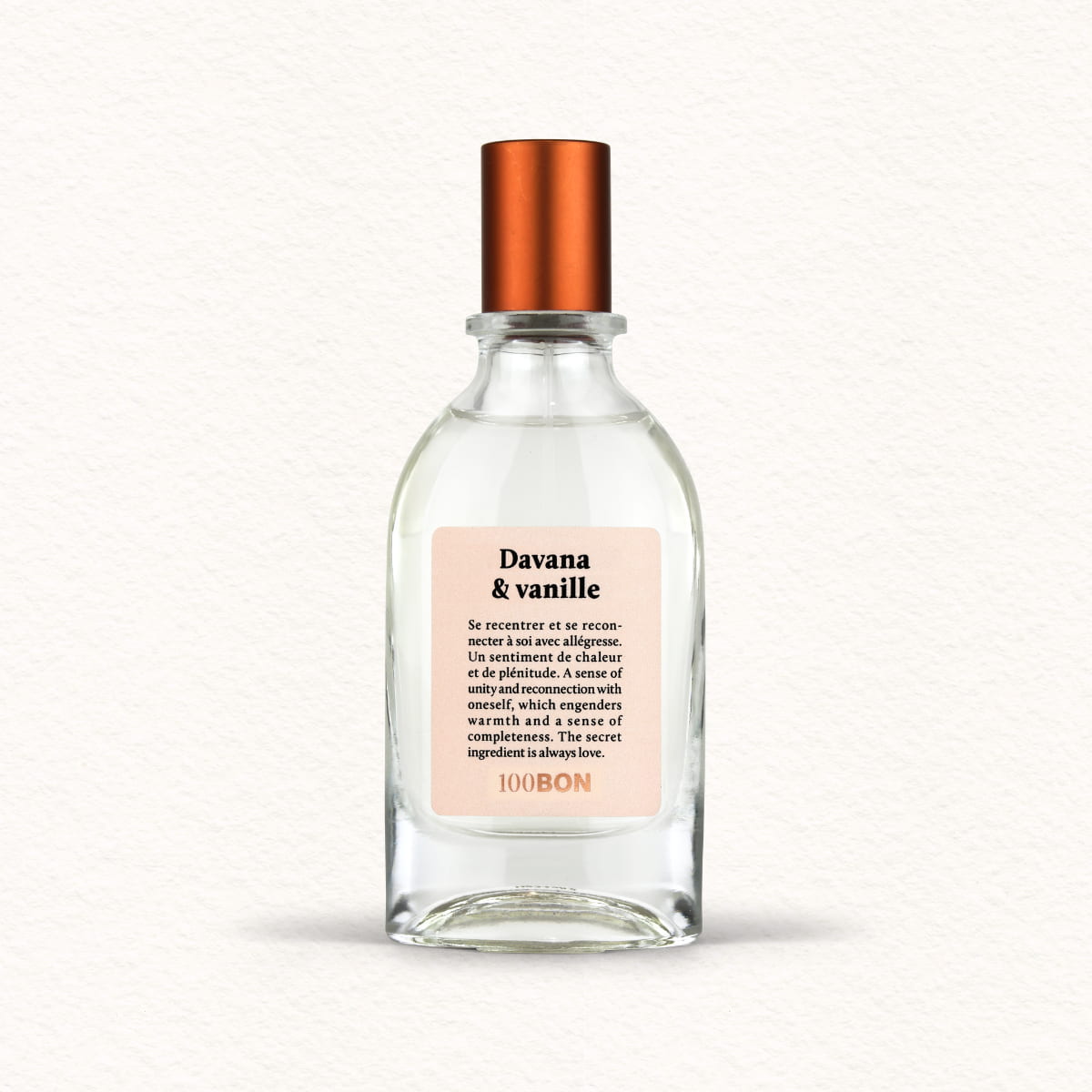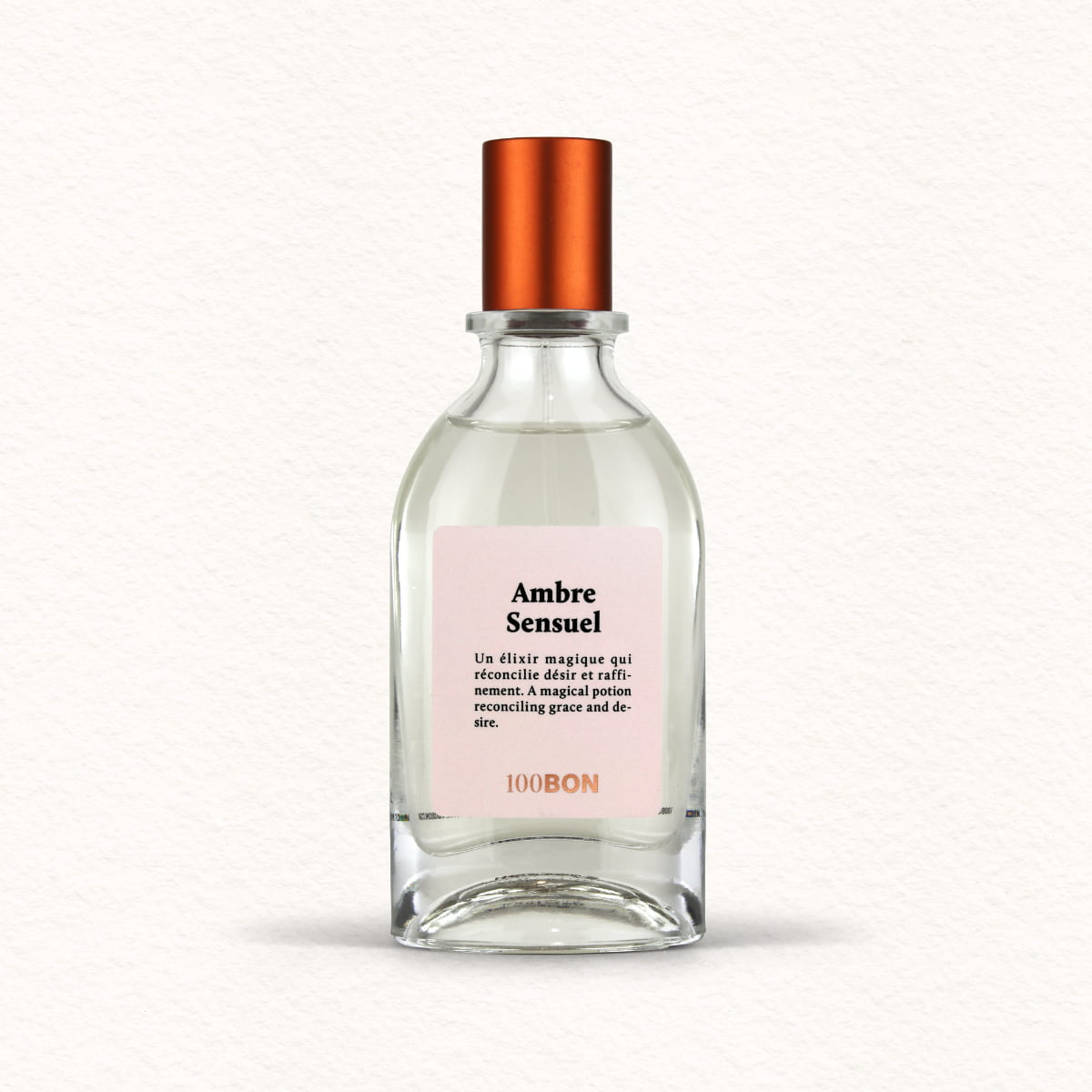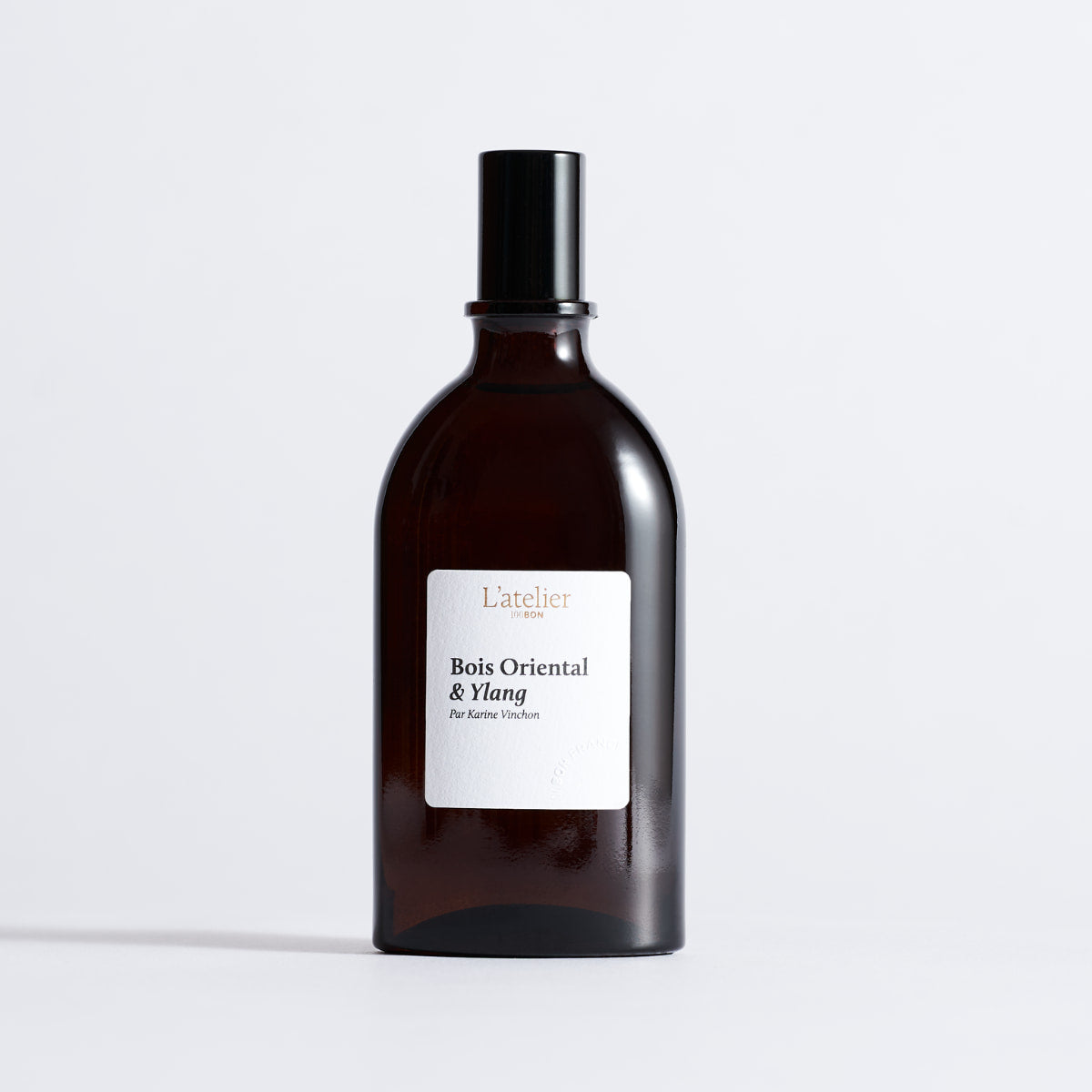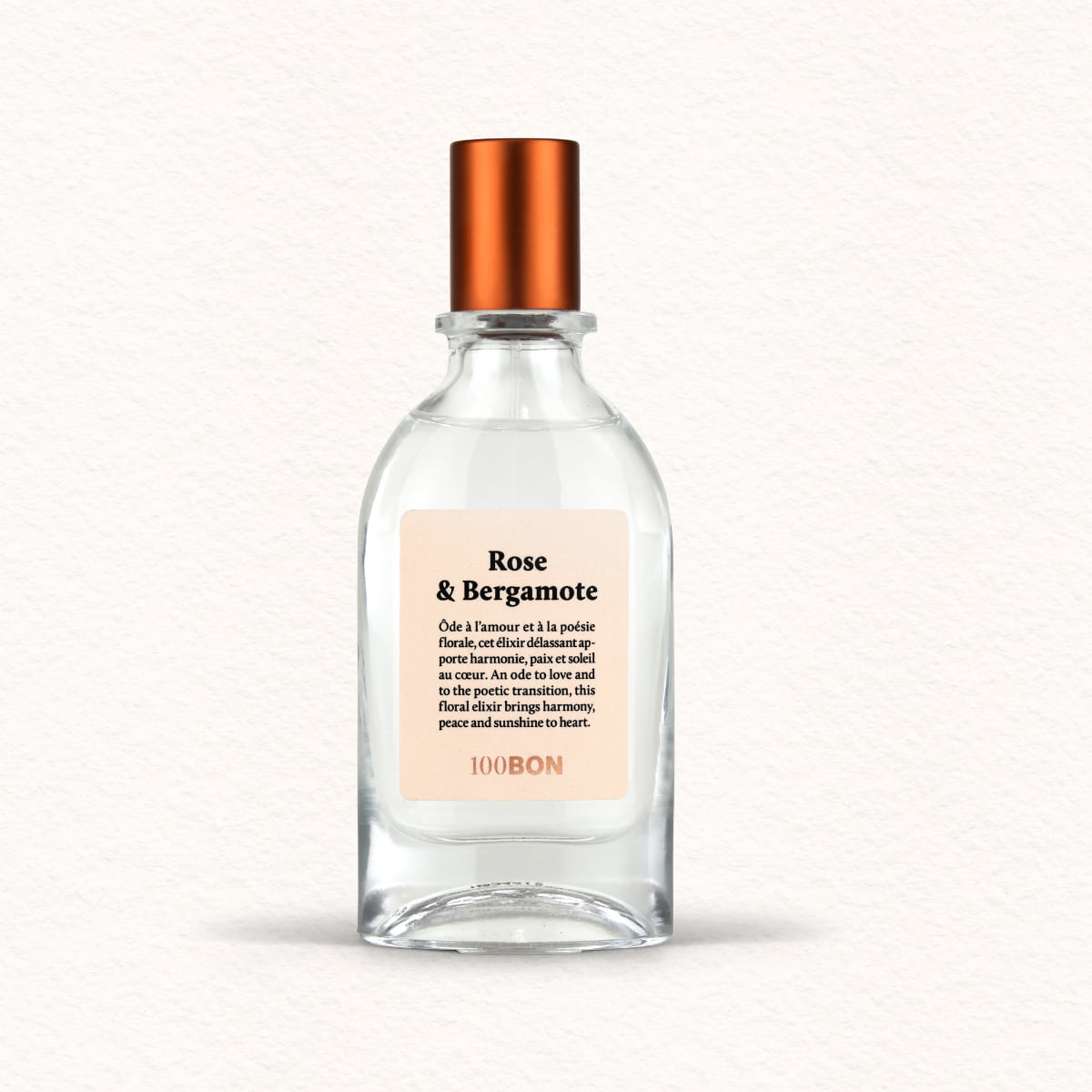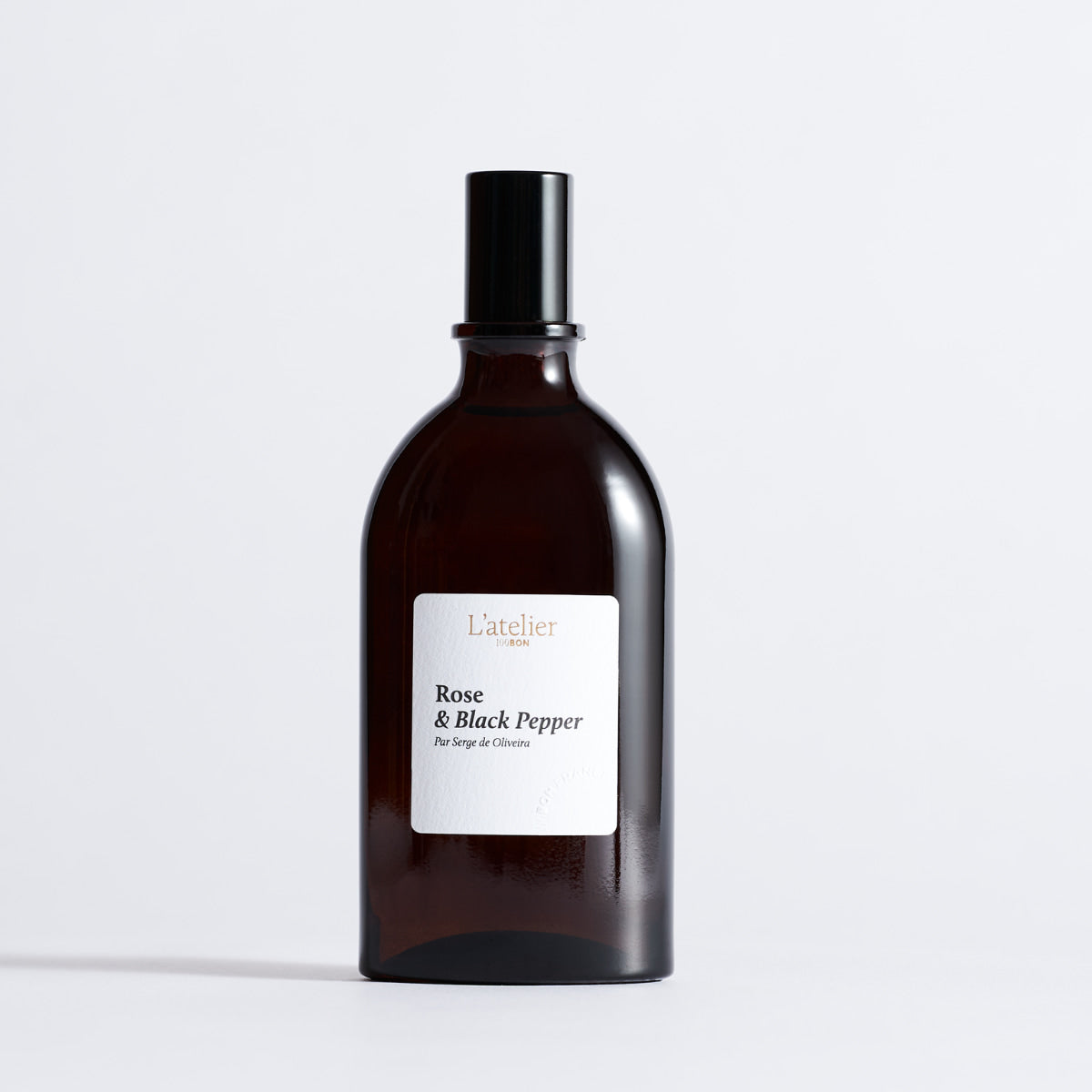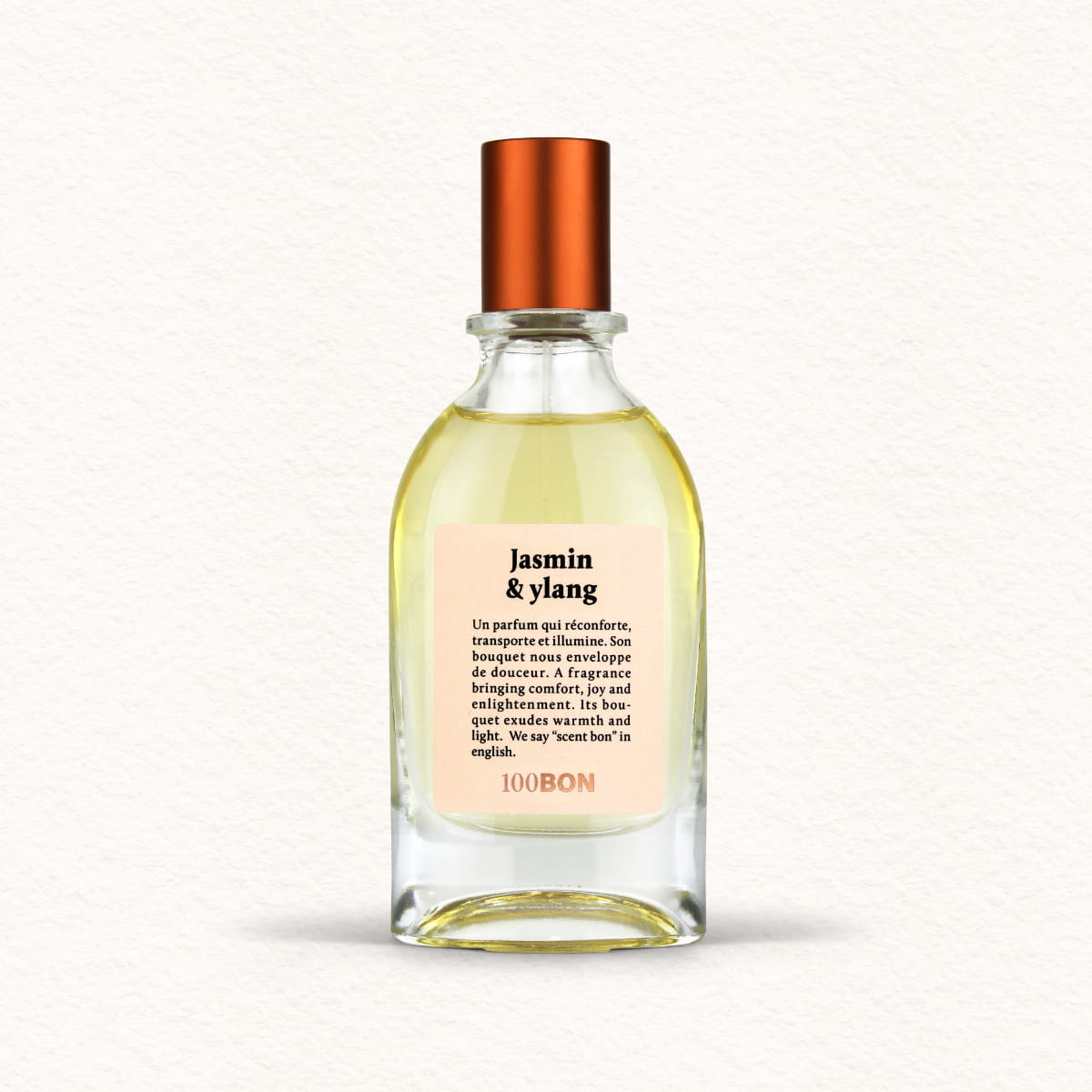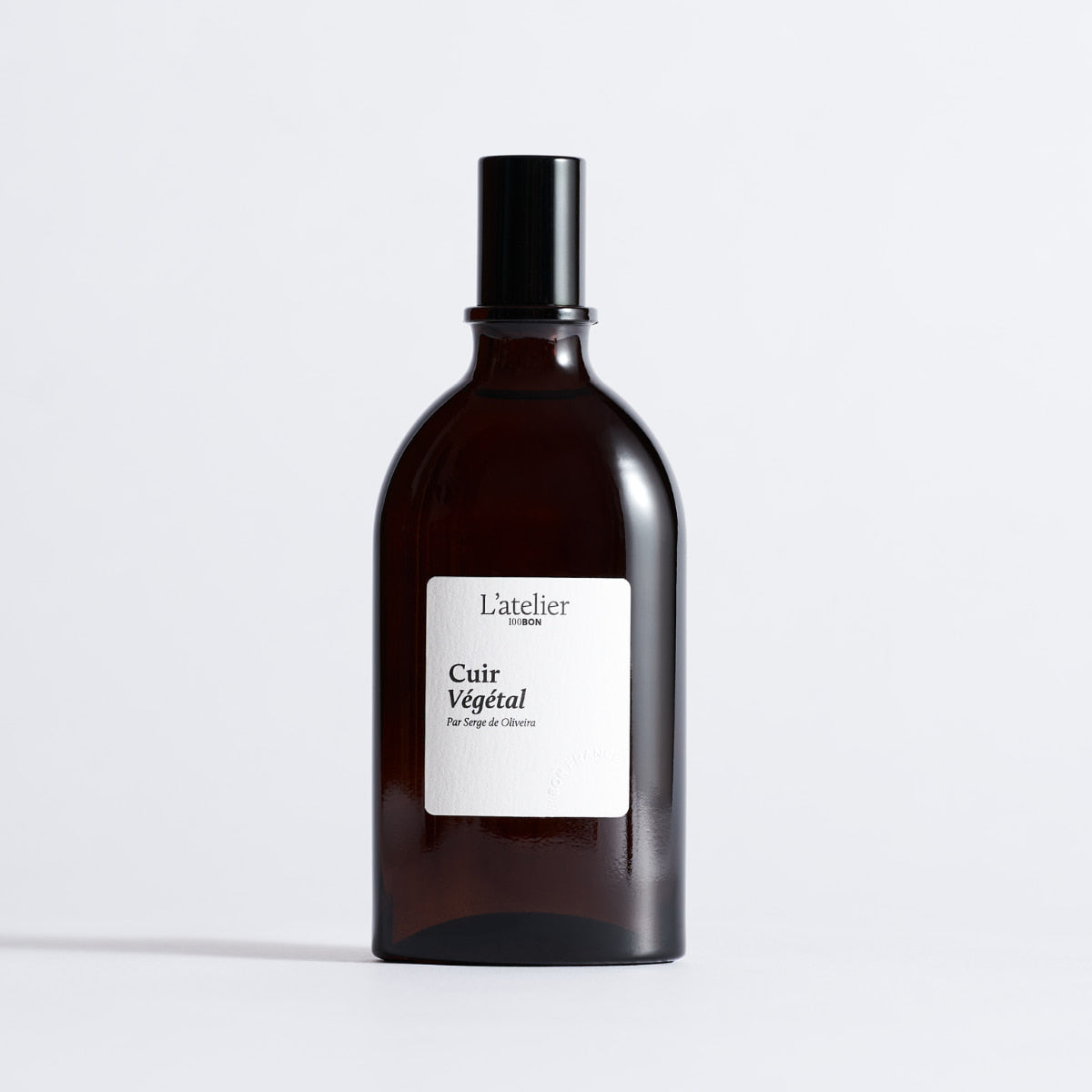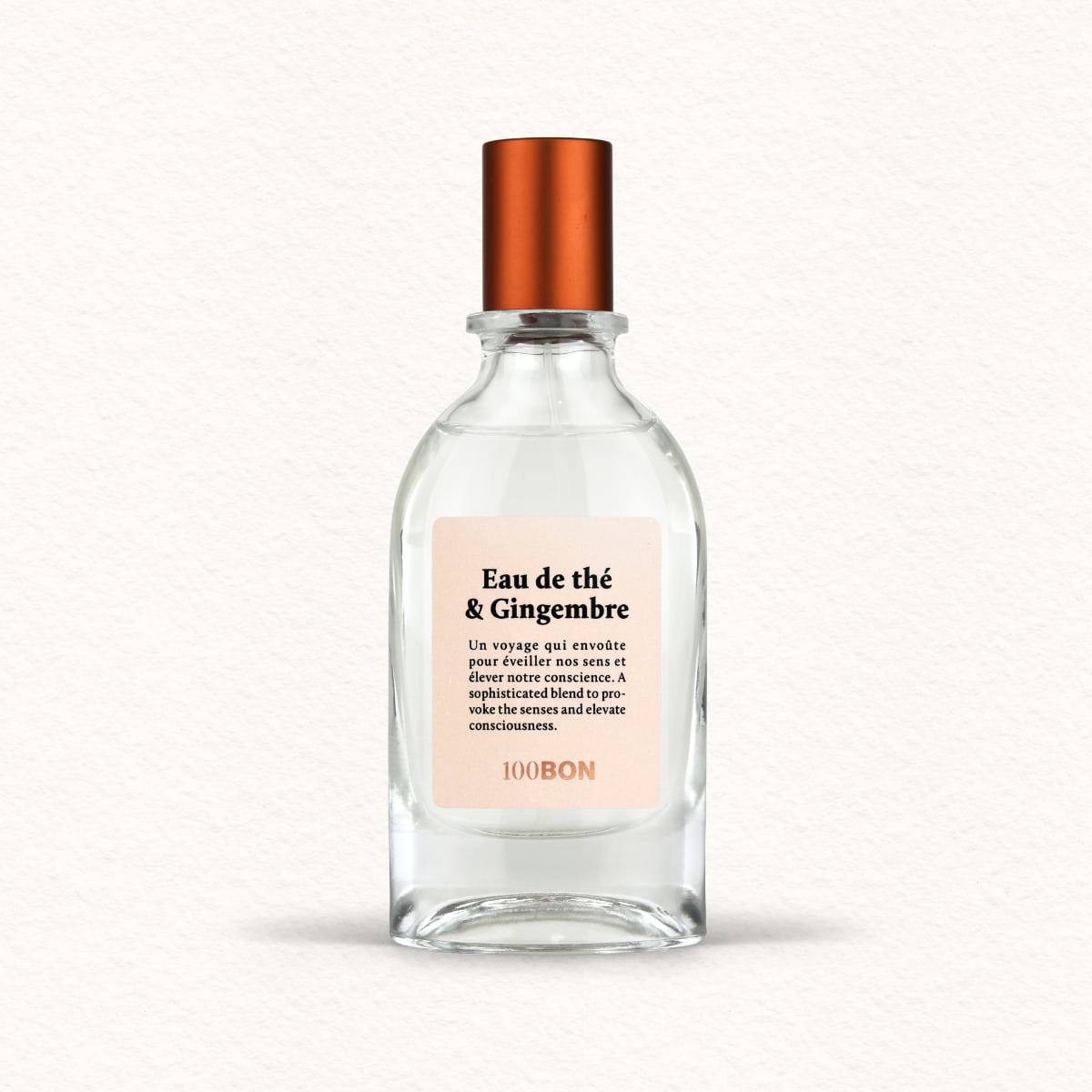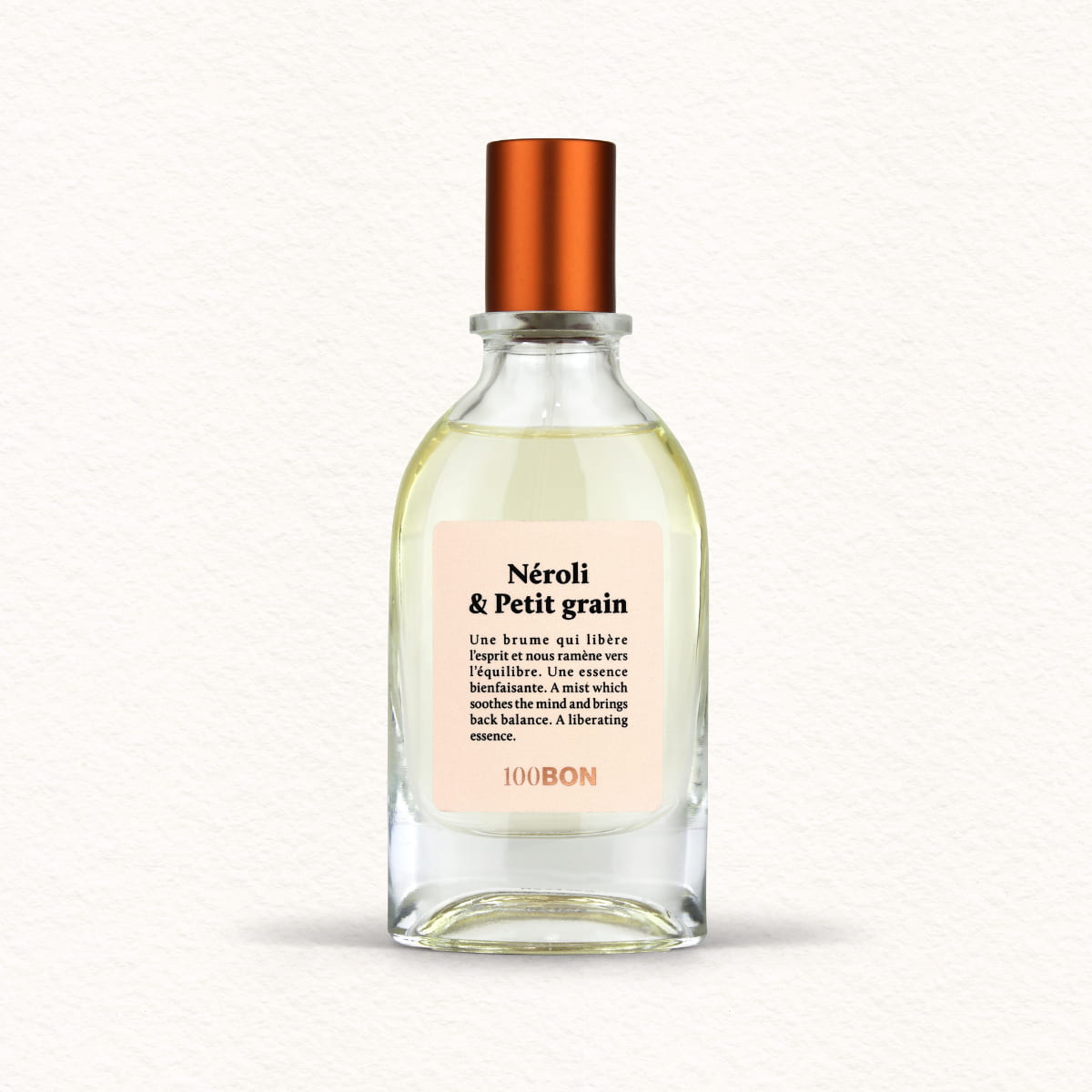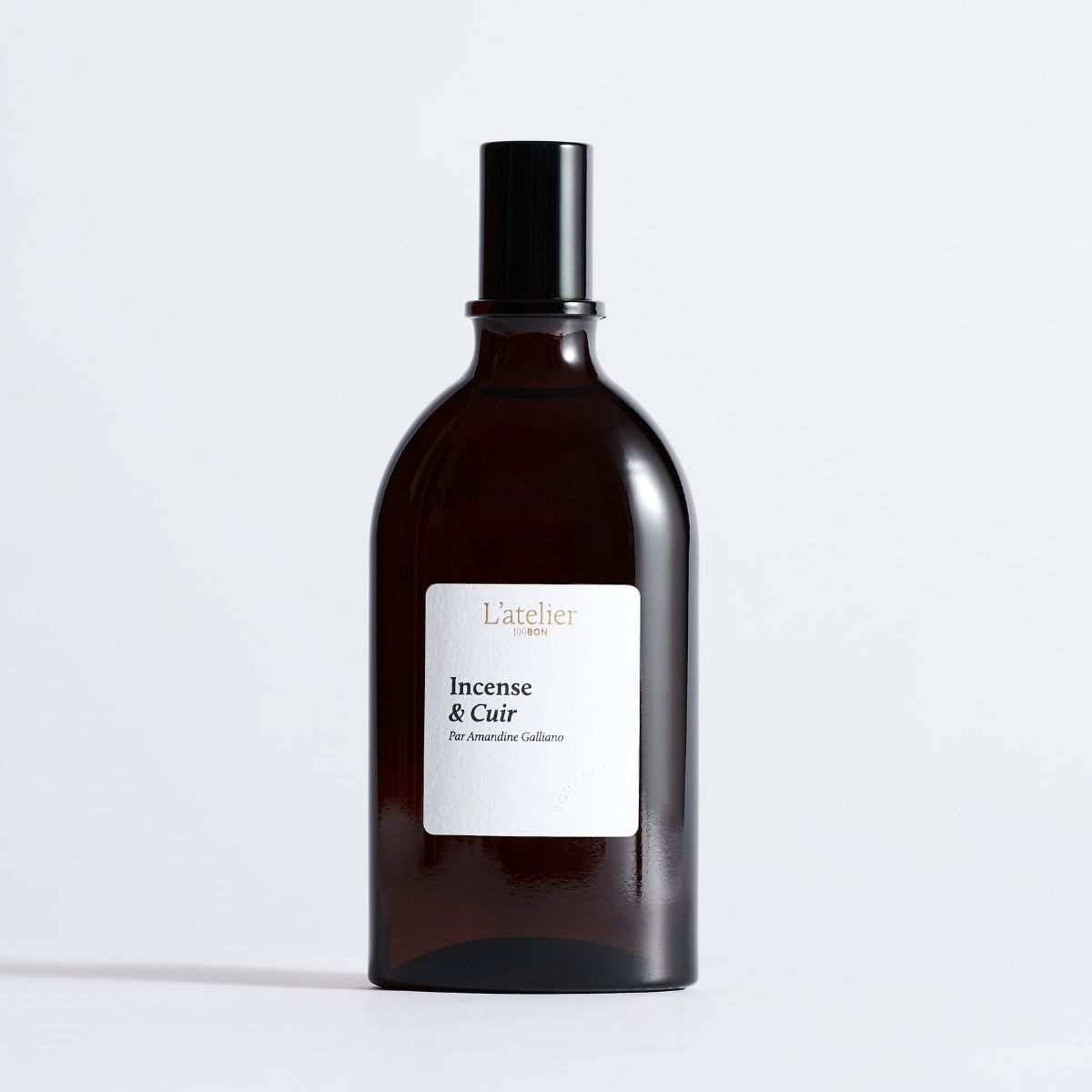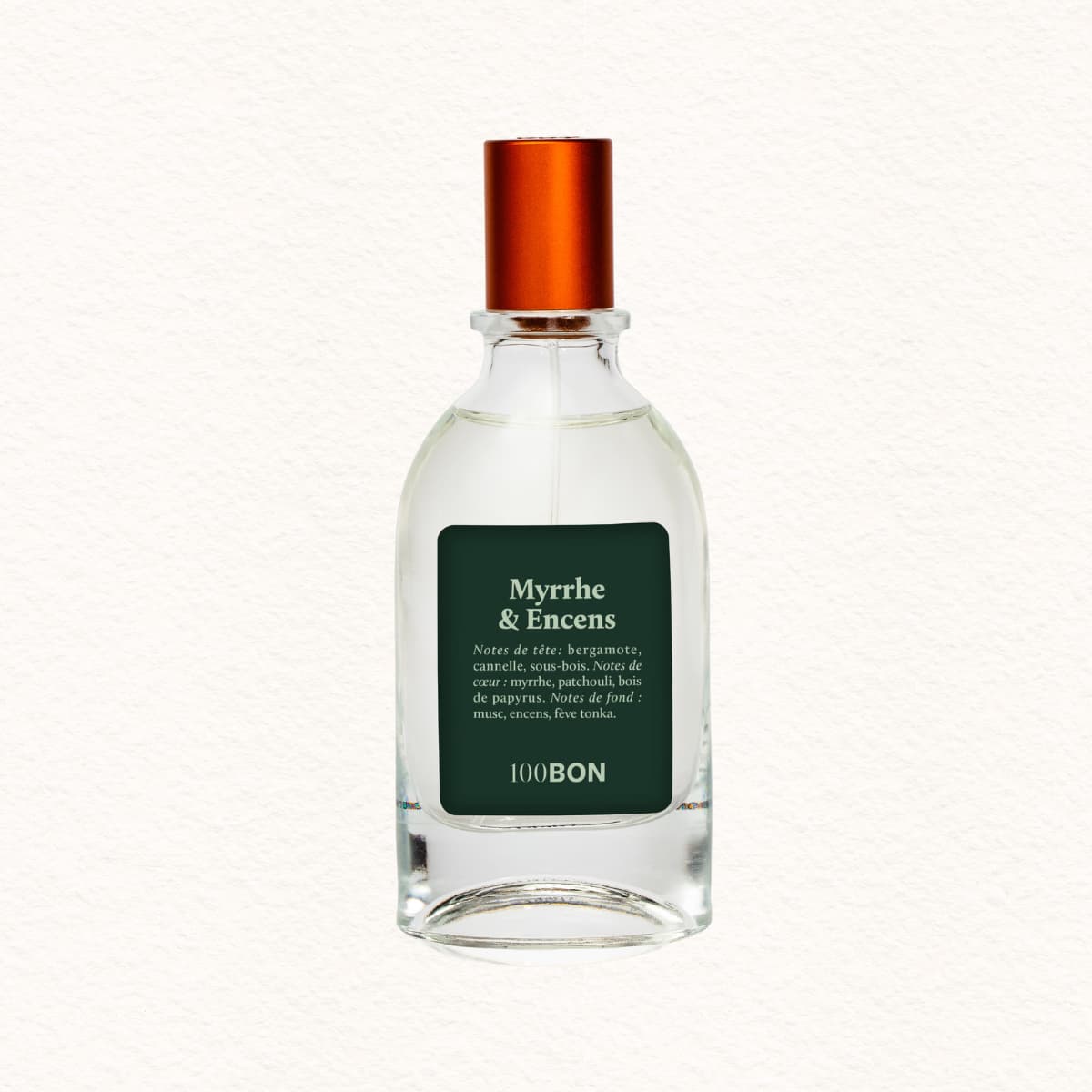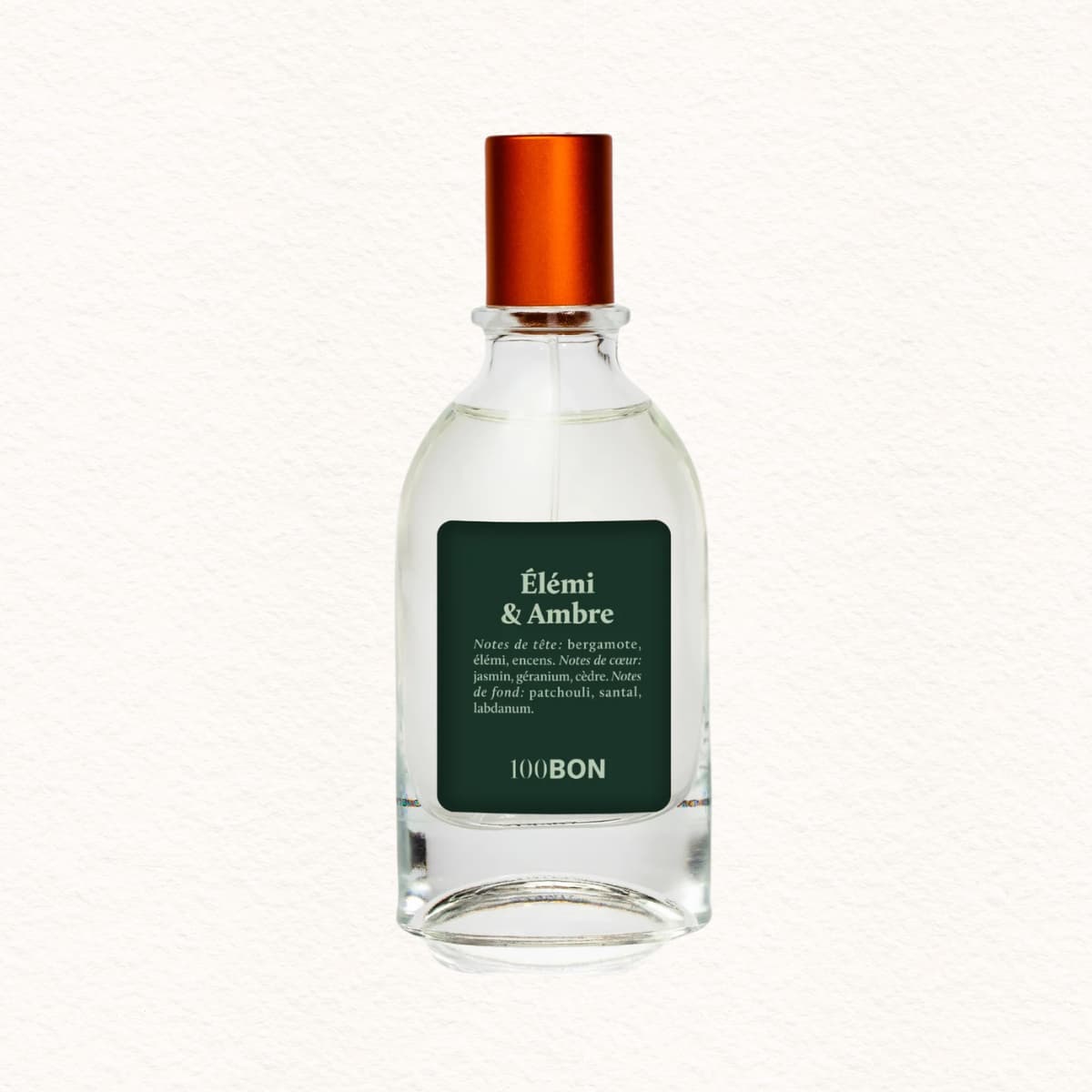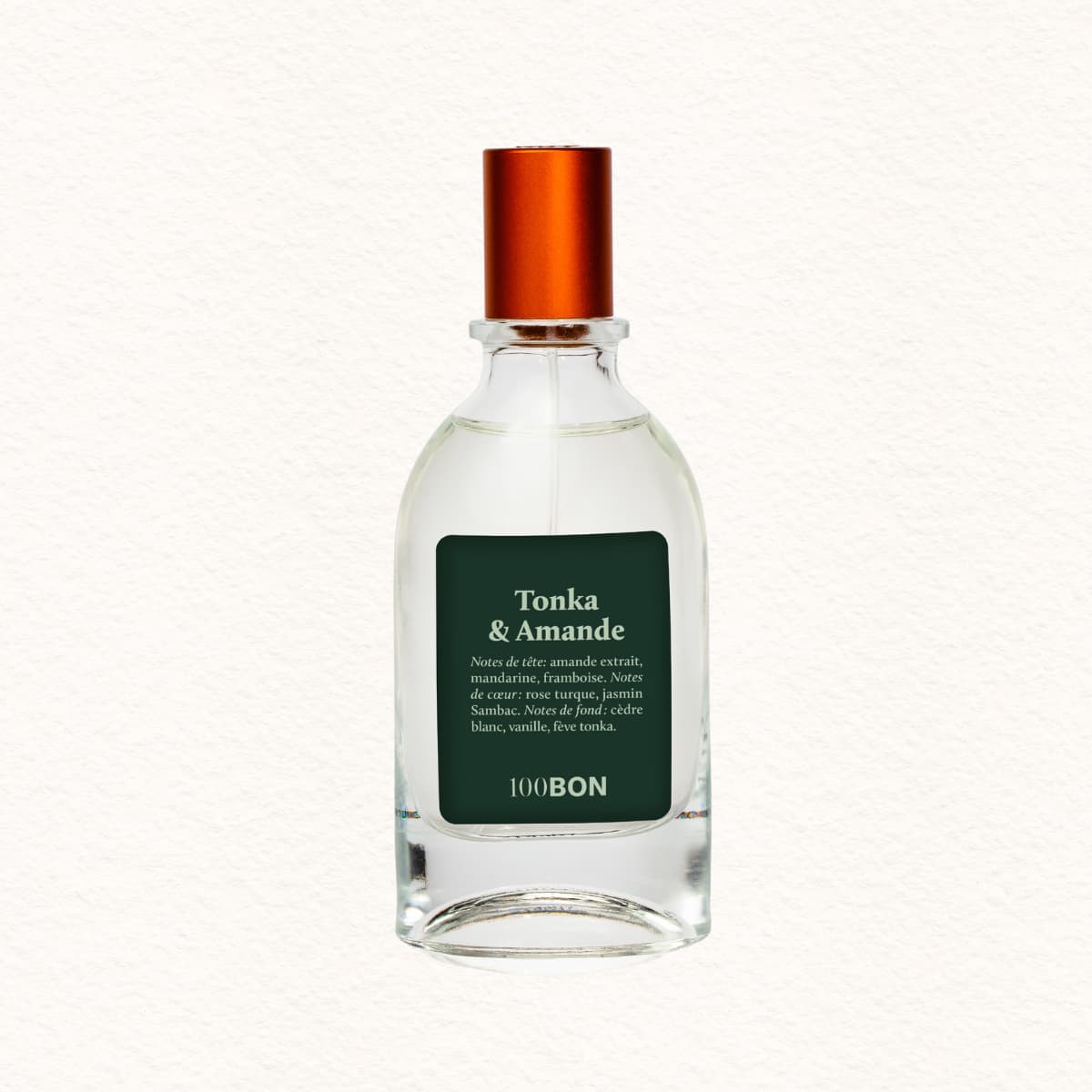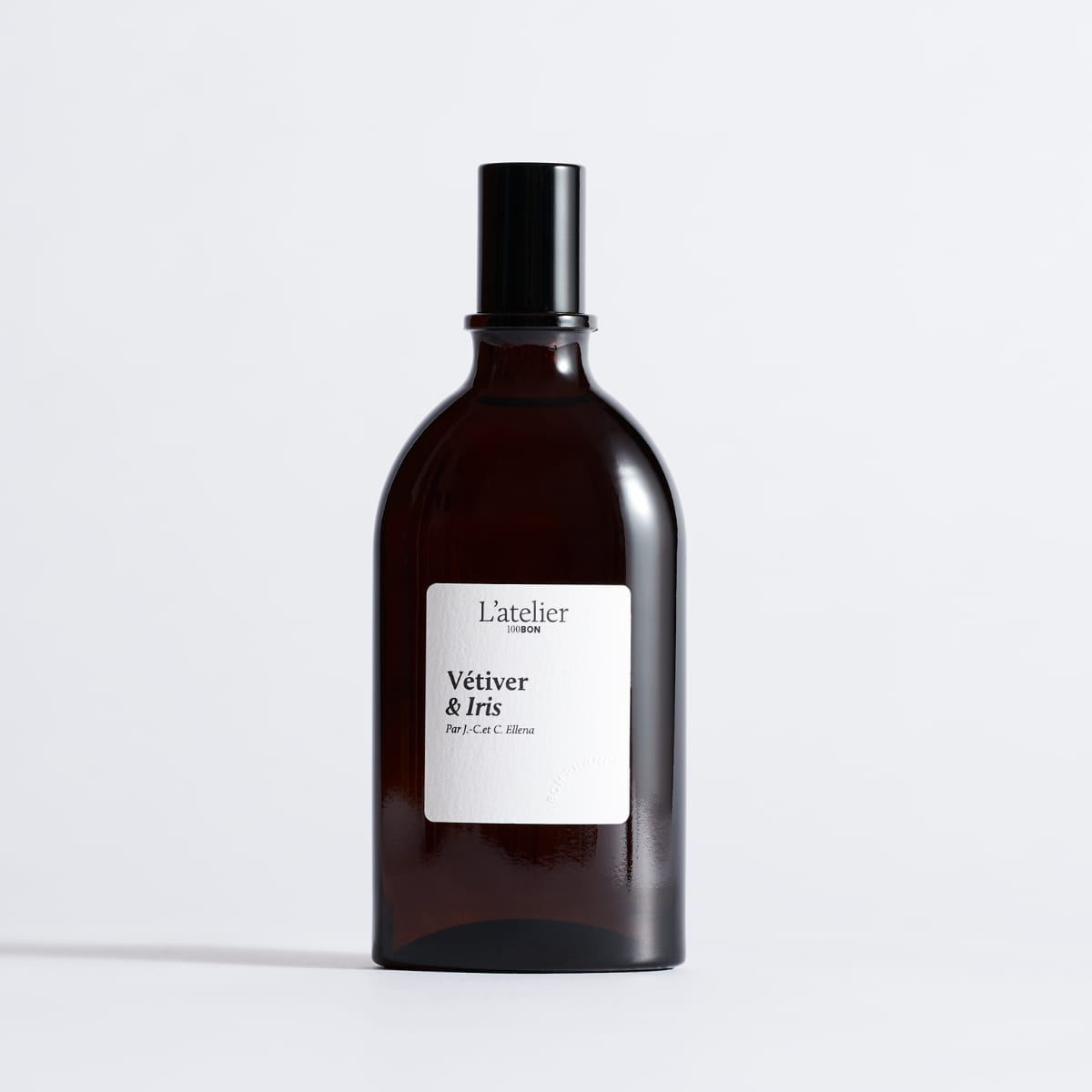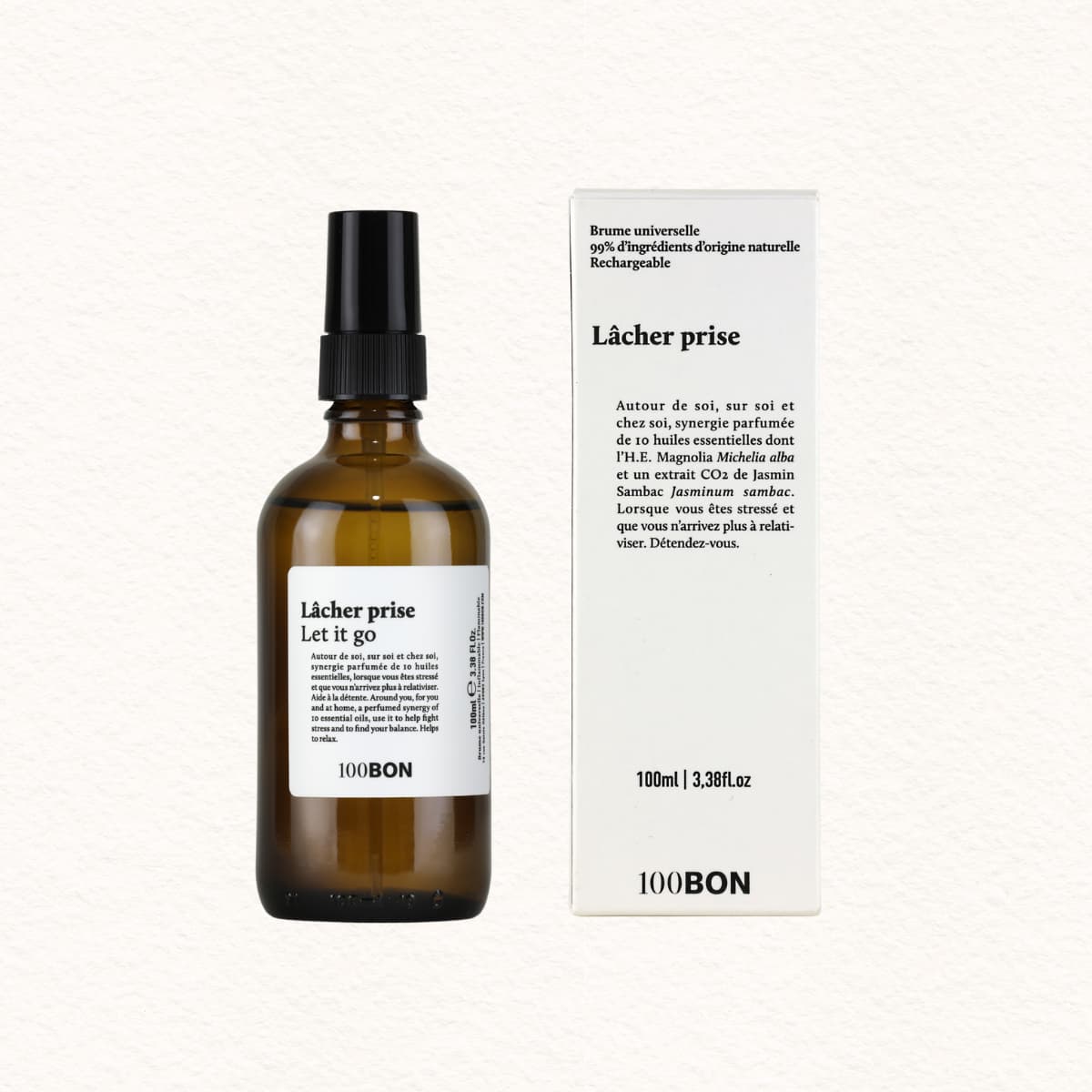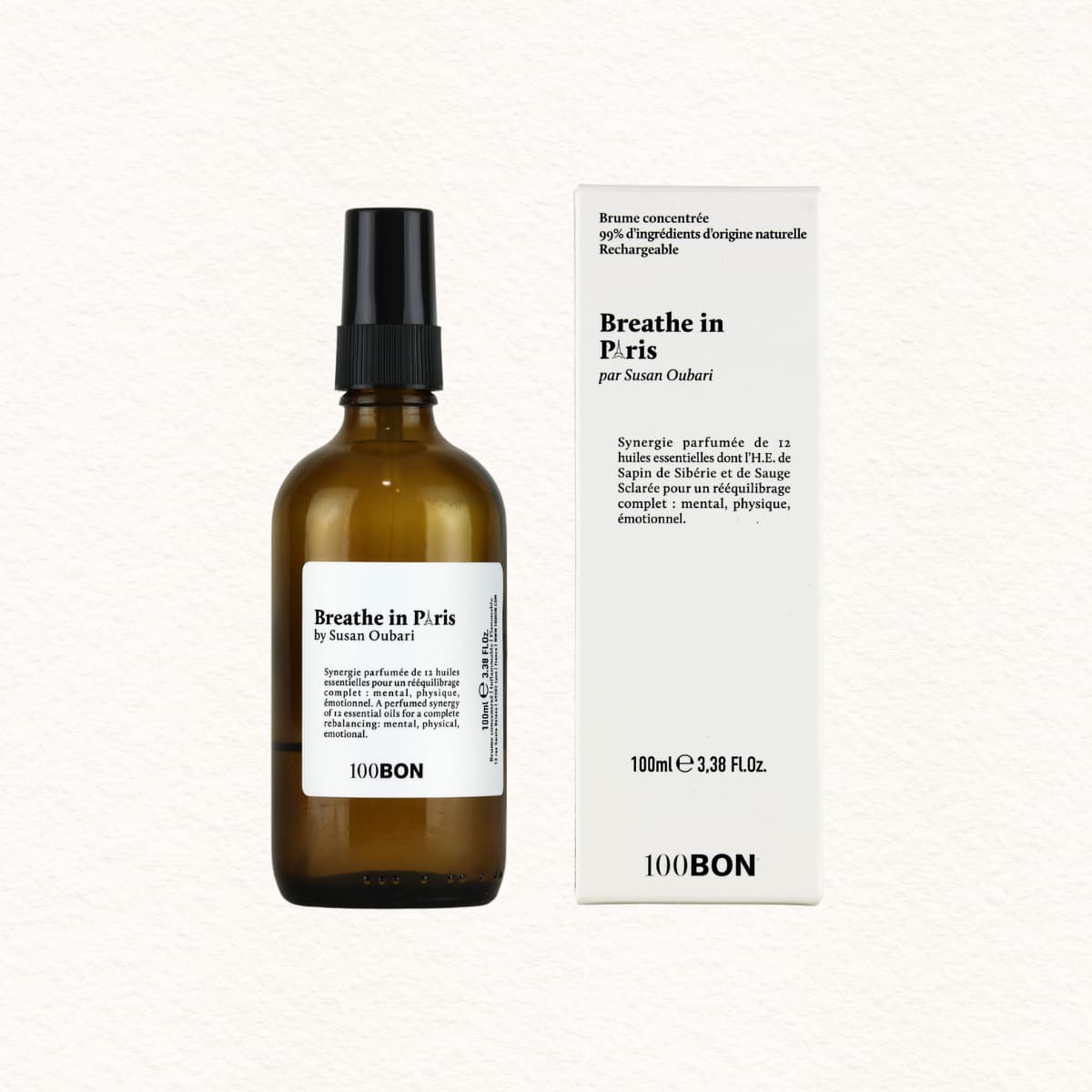 Absynthe
Absynthe
 Amyris
Amyris
 Juniper Berry
Juniper Berry
 Pink berry
Pink berry
 Basil
Basil
 Tolu balm
Tolu balm
 Benzoin
Benzoin
 Bergamot
Bergamot
 Mangrove wood
Mangrove wood
 Blackcurrant bud
Blackcurrant bud
 Coffee
Coffee
 Cardamom
Cardamom
 Cedrat
Cedrat
 Atlas Cedar
Atlas Cedar
 Virginia Cedar
Virginia Cedar
 Lemon
Lemon
 Incense
Incense
 Fenugreek
Fenugreek
 Tonka bean
Tonka bean
 Guaiac
Guaiac
 Geranium
Geranium
 Ginger
Ginger
 Clove
Clove
 Carrot seed
Carrot seed
 Iris Pallida
Iris Pallida
 Jasmine Sambac
Jasmine Sambac
 Labdanum
Labdanum
 Lemongrass
Lemongrass
 Mandarin
Mandarin
 Oak moss
Oak moss
 Myrrh
Myrrh
 Neo-Santal
Neo-Santal
 Neroli
Neroli
 Nutmeg
Nutmeg
 Blood orange
Blood orange
 Papyrus
Papyrus
 Patchouli
Patchouli
 Rose petals
Rose petals
 Petitgrain bigarade
Petitgrain bigarade
 Black pepper
Black pepper
 Saffron
Saffron
 Bourbon vanilla
Bourbon vanilla
 Vetiver Haiti
Vetiver Haiti
 Ylang-ylang
Ylang-ylang

Absynthe

Amyris

Juniper Berry

Pink berry
Upcycled
History of botany
Obtaining technique
Olfactory profile

Basil

Tolu balm

Benzoin
History of botany
Obtaining technique
Olfactory profile

Bergamot
History of botany
Obtaining technique
Olfactory profile

Mangrove wood
Sustainably sourced

Blackcurrant bud

Coffee

Cardamom
History of botany
Obtaining technique
Olfactory profile

Cedrat

Atlas Cedar
Upcycled

Virginia Cedar
History of botany
Obtaining technique
Olfactory profile

Lemon
History of botany
Obtaining technique
Olfactory profile

Incense
History of botany
Obtaining technique
Olfactory profile

Fenugreek

Tonka bean
History of botany
Obtaining technique
Olfactory profile

Guaiac

Geranium

Ginger

Clove
History of botany
Obtaining technique
Olfactory profile

Carrot seed

Iris Pallida
History of botany
Obtaining technique
Olfactory profile

Jasmine Sambac
History of botany
Obtaining technique
Olfactory profile

Labdanum

Lemongrass

Mandarin

Oak moss

Myrrh
History of botany
Obtaining technique
Olfactory profile

Neo-Santal
History of botany
Obtaining technique
Olfactory profile

Neroli
History of botany
Obtaining technique
Olfactory profile

Nutmeg

Blood orange
History of botany
Obtaining technique
Olfactory profile

Papyrus
History of botany
Obtaining technique
Olfactory profile

Patchouli
History of botany
Obtaining technique
Olfactory profile

Rose petals
Upcycled

Petitgrain bigarade

Black pepper
Of biological origin

Saffron

Bourbon vanilla
History of botany
Obtaining technique
Olfactory profile

Vetiver Haiti
FFL certified
History of botany
Obtaining technique
Olfactory profile

Ylang-ylang
- Choosing a selection results in a full page refresh.


